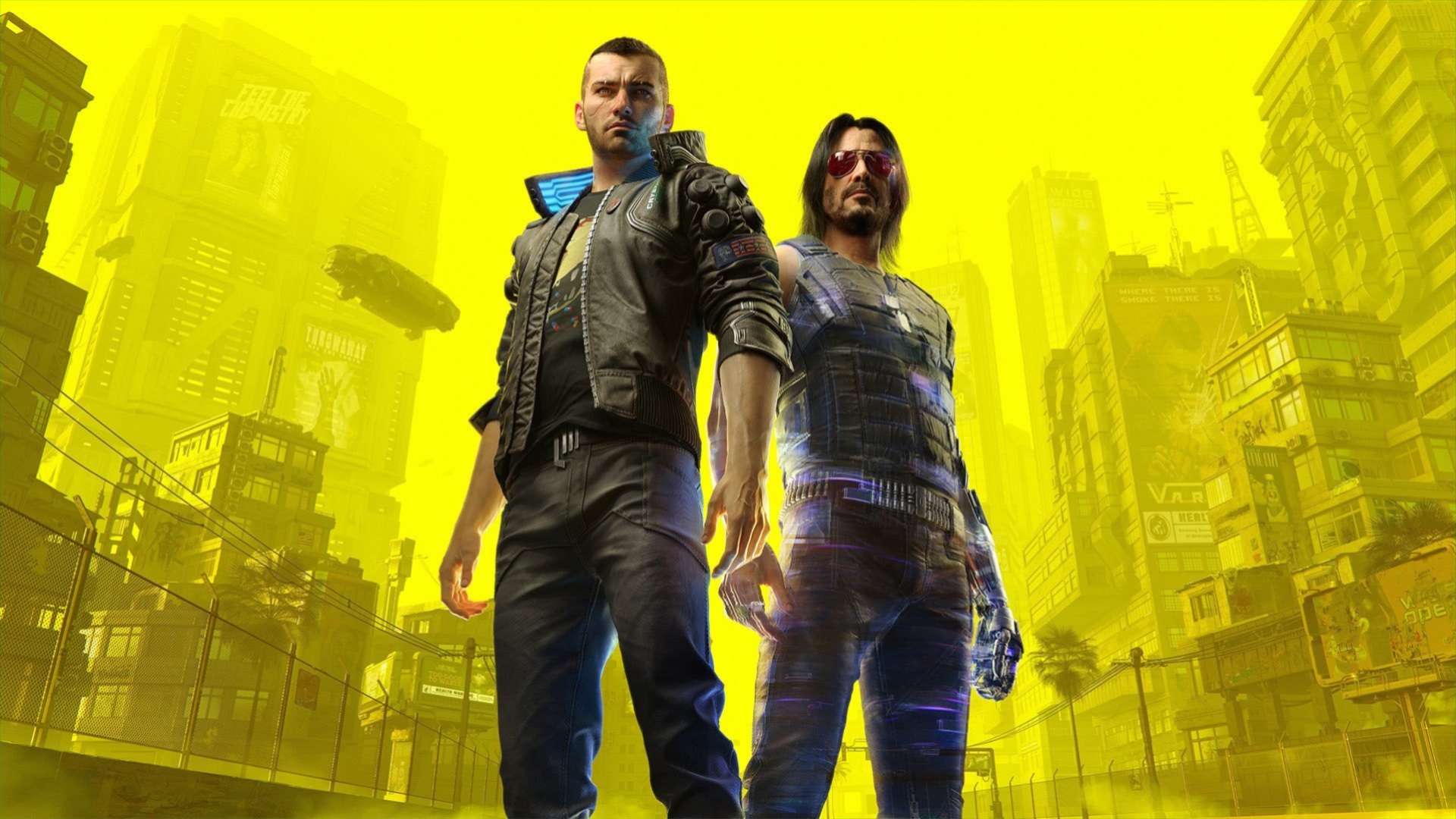Peter Moore says Sony repeated the same trick it used to eclipse Sega years earlier.
More stories in the category News
- GTA 6: CD Projekt RED backs Rockstar and admits they also learned from Cyberpunk 2077
- Brutal: The delay of GTA 6 would have cost Rockstar more than $3,200 million, about $17 million per day
- CRKD will launch in 2026 a new battery set for Xbox in Rock Band style
| Don't miss anything and follow us on Google News! |
During the E3 2005, one of the most talked-about presentations was the supposed real-time demo of Killzone 2 for PlayStation 3. At the time, it was sold as an advance executed directly on the console, something that surprised both for its graphical apartado and its fluidity. Over time, it was discovered that it was nothing more than a pre-rendered video.
Now, almost twenty years later, former Xbox and Sega executive, Peter Moore, has shed light on the matter again. In an interview with The Game Business, he states that he knew from the first minute that what Sony showed was not real. And he knew it because, according to his words, he had already seen that strategy during his years at Sega.
Peter Moore didn’t believe the Killzone 2 demo for a second
- “It was like watching an expensive movie, but I knew it wasn’t playable,” Moore explained in the interview. “I thought: ‘They’ll never be able to achieve that in real time’. They were doing the same thing they did when they tried to eclipse Dreamcast. ‘Yes, Xbox 360 is fine, but wait to see the magic of PS3’. It was pure marketing, not a technical demonstration”.
Moore’s statements add to what has been known for some time: the famous demo of Killzone 2 was a cinematic generated to show a visual intention, but it did not correspond to the real experience of the game, which would arrive years later with much more modest graphics.
With this, an old controversy about the use of non-representative promotional material at events like E3 is reopened. Although today’s standards of transparency are higher, that era was marked by many presentations that were far from the final product.






